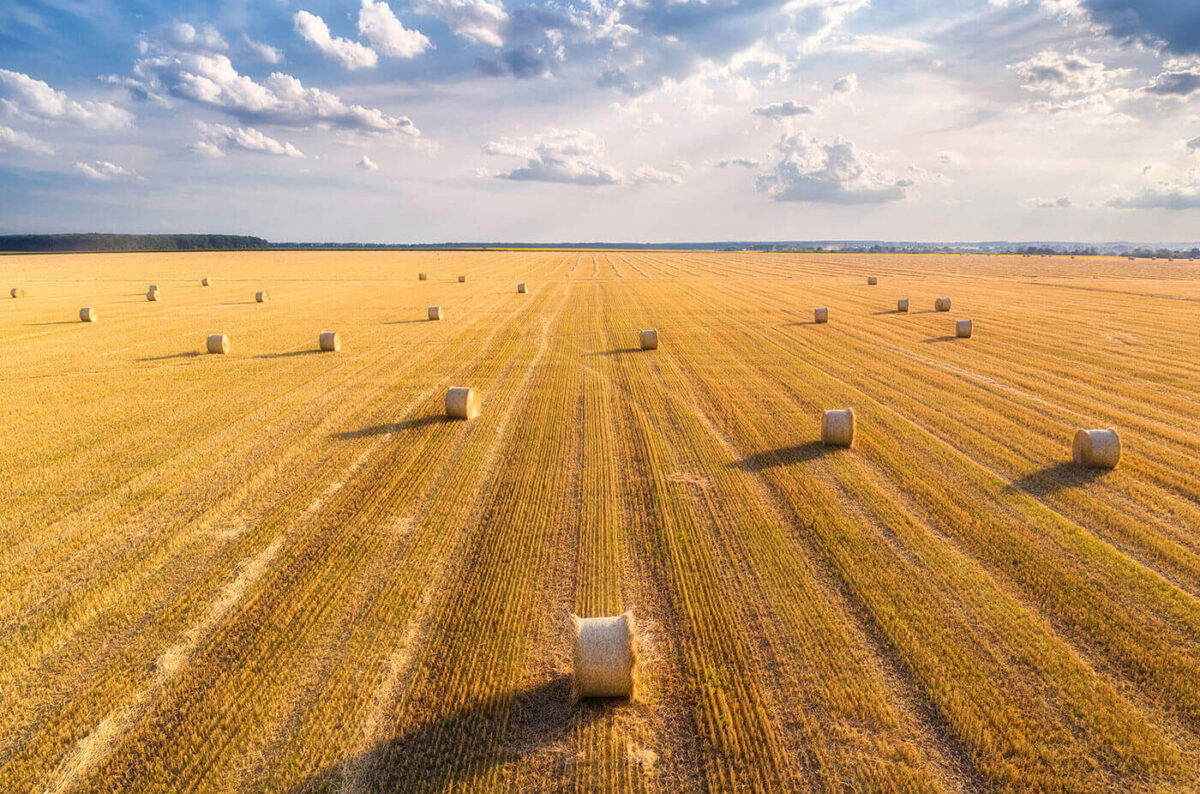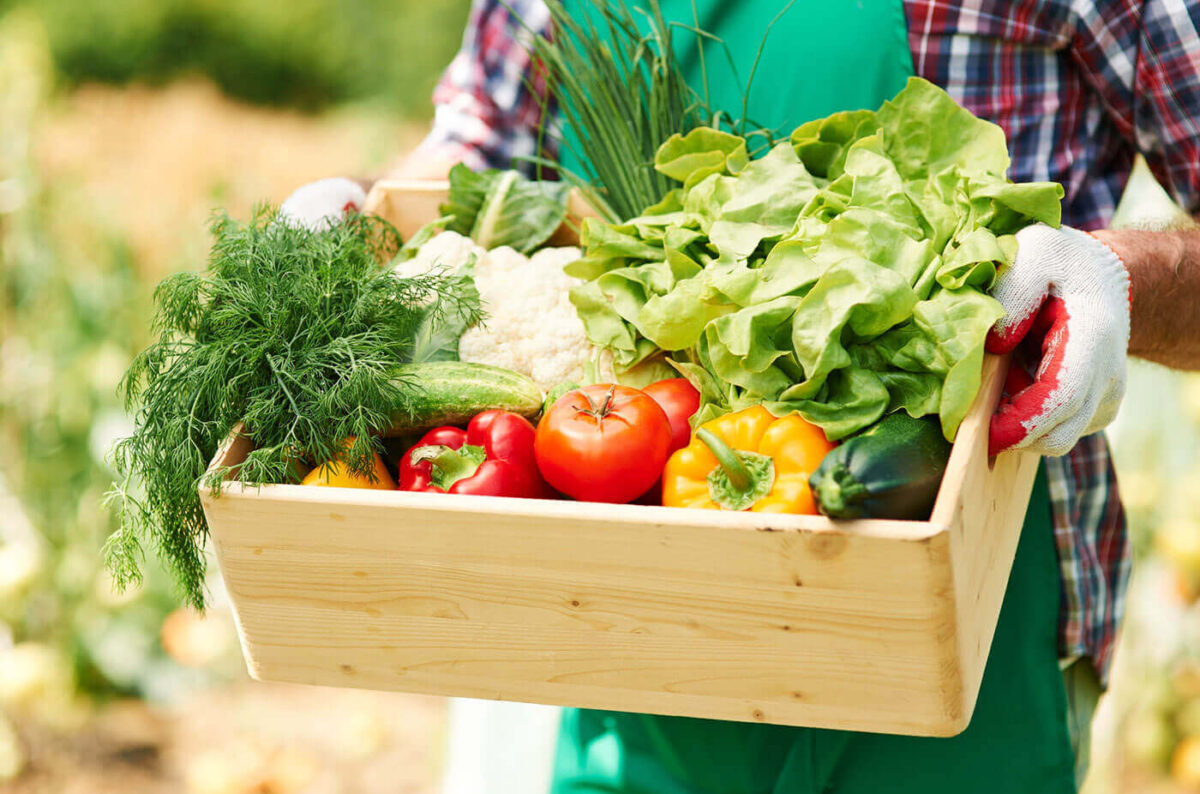
- Agriculture
- February 23, 2023
Why Farmers Leave—And Why They Return
Farmers leave agriculture for various reasons: economic pressures, succession challenges, health concerns, or burnout from the demanding lifestyle. However, many retain a deep connection to farming and consider returning under the right circumstances.
Barriers to Re-entry
Returning to farming isn’t simple. Many face substantial obstacles

Agriculture
Financial hurdles represent the most significant barrier. Land prices have increased dramatically in many regions, while equipment costs continue to rise. Former farmers may have liquidated assets and face challenges acquiring necessary capital.
Knowledge gaps emerge quickly in modern agriculture. Farming practices, regulations, and technologies evolve rapidly, potentially leaving returning farmers behind on current best practices.
Access to markets has transformed with consolidation in many agricultural sectors, changing distribution channels, and new consumer preferences.
Support Systems for Returning Farmers
Several support systems can help facilitate successful returns to agriculture:
Financial Assistance Programs
- Low-interest loans specifically designed for returning farmers
- Grants targeting experienced farmers re-entering agriculture
- Transition funding to update skills and infrastructure
- Land-matching programs connecting landowners with experienced farmers
Knowledge and Training Resources
- “Refresher” programs focused on technological updates and current practices
- Mentor networks pairing returning farmers with active producers
- Regular workshops addressing contemporary agricultural challenges
- Online resources providing flexible, on-demand learning
Community and Network Support
- Farmer cooperatives that provide shared resources and market access
- Peer support groups addressing the psychological aspects of returning
- Regional agricultural development offices offering targeted assistance
- Industry associations providing sector-specific guidance
Case Study: Scandinavian Models
Nordic countries have developed particularly effective programs supporting returning farmers. Denmark’s agricultural re-integration initiative provides a comprehensive approach, offering:
- Subsidized land access for the first three years
- Professional development funding
- Technical advisors who regularly visit farms
- Mental health resources addressing transition challenges
This holistic approach recognizes that successful re-entry requires addressing multiple interconnected factors simultaneously.














